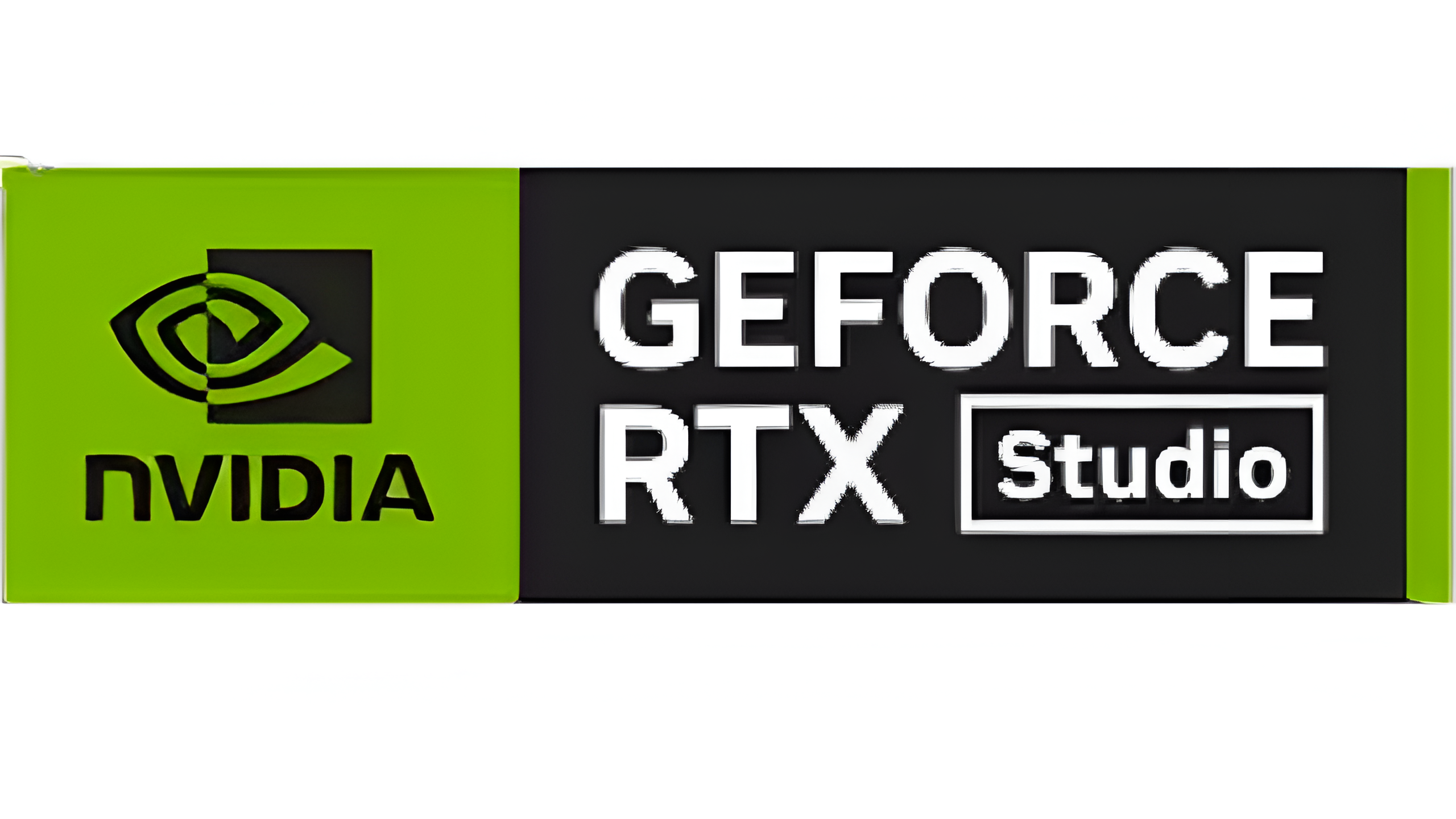The agreement would give Nvidia a financial interest in one of its biggest clients, but it will not provide it any voting rights.
There is not much precedence in the IT sector for Nvidia’s decision to spend up to $100 billion in OpenAI while also supplying the maker of ChatGPT with millions of its market-leading AI processors.
According to an individual close to OpenAI, the agreement would give Nvidia a financial interest in one of its biggest clients, but no voting rights. The manufacturer of ChatGPT will get part, but not all, of the funding it needs to carry out its ambitious ambitions to construct the massive supercomputers needed to create the next generation of artificial intelligence.
Using its next-generation Vera Rubin processors, Nvidia would use its first $10 billion investment to create a gigawatt of capacity, with a build-out beginning in the second half of 2026.
There are several questions about the agreement. Five of the largest ones are as follows:
THE REST OF THE MONEY COMES FROM WHERE?
Nvidia CEO Jensen Huang said on an August earnings call that the cost of building up AI data centers is around $50 billion per gigawatt of capacity, with roughly $35 billion of that amount going toward Nvidia’s processors and equipment.
In order to assist in the construction of 10 gigawatts of data center capacity, or around $10 billion per gigawatt, Nvidia has pledged to invest in OpenAI. Each gigawatt of capacity that OpenAI intends to construct will cost an extra $40 billion in funding. OpenAI has not said whether it accepts Huang’s cost projections or, if so, how it would get the extra money.
When asked about its financing intentions, OpenAI did not respond. Nvidia refused to elaborate on its recent statements.
WHAT DOES OPENAI’S GOALS TO BECOME FOR-PROFIT MEAN?
Since its beginnings as an AI research organization, OpenAI has operated as a non-profit business. In order to make it easier to obtain capital and conduct a public offering, it has been seeking to switch to a more traditional form.
In order to alter its structure, OpenAI has had lengthy talks with Microsoft, a significant stakeholder that provided funding for OpenAI’s first computer requirements. A provisional agreement between the two companies earlier this month said that OpenAI will become a for-profit public benefit company under the supervision of its current non-profit. However, state authorities in California and Delaware still need to approve the change.
Nvidia will be investing funds in OpenAI, like other OpenAI investors, a source with knowledge of the situation told Reuters on Monday. Furthermore, it will be months until Nvidia and OpenAI come to a final agreement before Nvidia’s first $10 billion investment starts.
It was not immediately apparent whether Nvidia intended to contribute to OpenAI’s non-profit organization or if its intentions were contingent on OpenAI becoming a public benefit business under non-profit supervision.
WHAT DOES IT MEAN FOR THE VALUE OF OPENAI?
According to a source familiar with the situation, Nvidia’s first $10 billion investment for one gigawatt of capacity would be at the $500 billion valuation of OpenAI.
However, neither Nvidia nor OpenAI provided a timeline for when the $100 billion investment or the whole 10 gigawatts of power will be operational. It is also unclear whether Nvidia would make future investments in OpenAI at the company’s existing value or at the time of each investment.
FOR COMPETITION, WHAT DOES IT MEAN?
According to the agreement between Nvidia and OpenAI, Nvidia may reserve a significant portion of its chips—which are still in high demand years after the AI boom began and whose availability might make the difference between success and failure in the industry—for a single client in whom it also has stock.
One crucial concern is whether OpenAI’s competitors, like Anthropic or even Microsoft, which sells AI technology to companies, will continue to have access to Nvidia’s processors. The agreement also casts doubt on AMD’s ability to sell processors to AI firms, given that the company wants to compete with Nvidia in the market by selling chips to OpenAI and other businesses.
FOR ORACLE, WHAT DOES IT MEAN?
When Oracle announced earlier this month that it had inked contracts worth hundreds of billions of dollars to provide cloud computing services to OpenAI and a few other major clients, its stock shot through the roof, making co-founder Larry Ellison one of the wealthiest people in the world.
But whether OpenAI has the money to pay for the contracts is one of the main doubts that remain following that prediction, and it is a question that debt-rating company Moody’s expressed.
Oracle reaffirmed its prediction on Monday as it appointed two new CEOs, just ahead of Nvidia’s announcement. Due to new capital commitments from a major client, OpenAI, Nvidia’s investment plans may provide Oracle’s revenue projection more stability.

